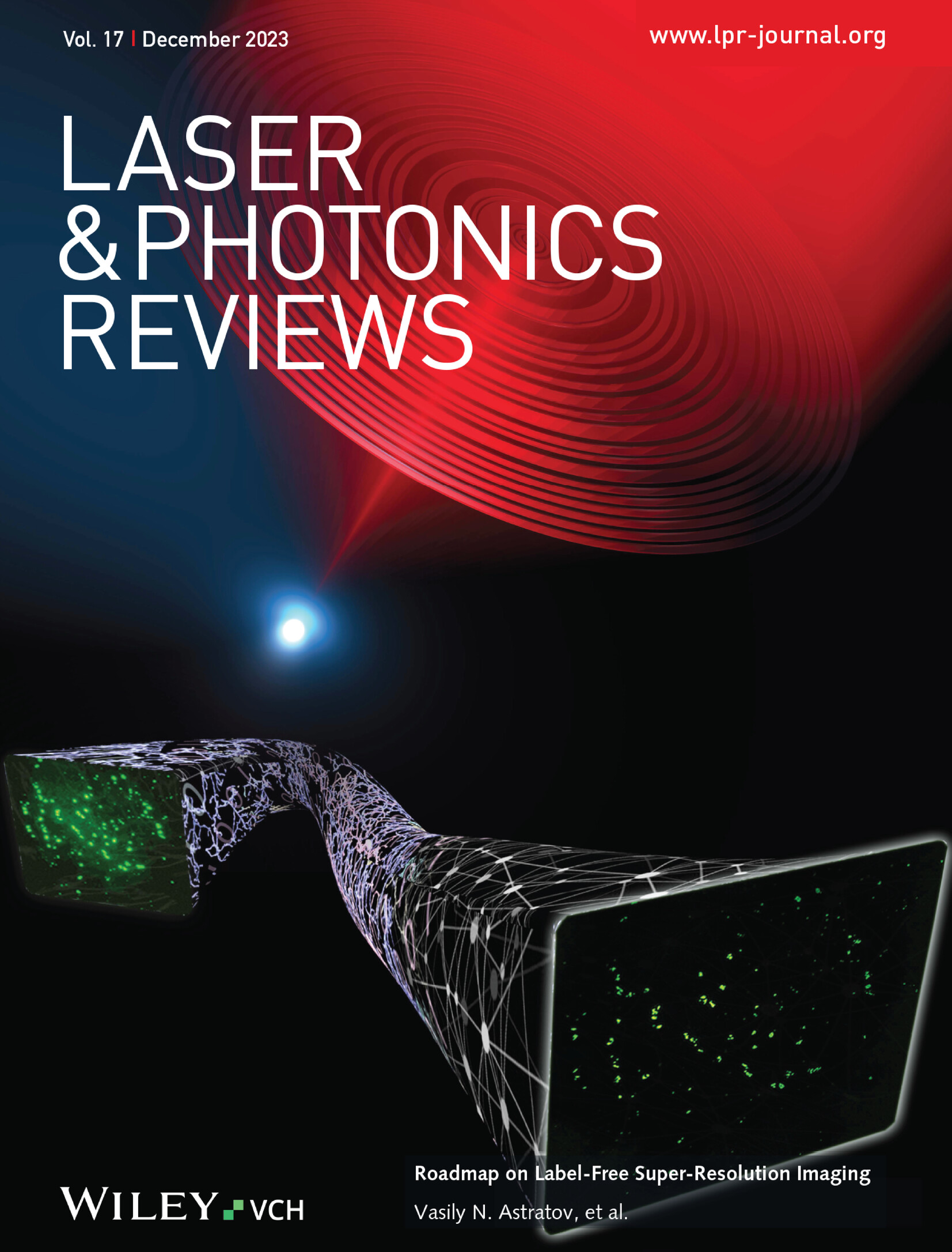Athermal Forward Stimulated Brillouin Scattering
IF 9.8
1区 物理与天体物理
Q1 OPTICS
引用次数: 0
Abstract
Forward-stimulated Brillouin scattering (FSBS) in optical waveguides is a nonlinear optical effect that involves the acousto-optic interaction between co-propagating light and guided acoustic waves, showcasing significant potential for applications in integrated photonic and sensing fields. However, the resonance frequency of guided acoustic waves stimulated by FSBS is highly sensitive to fluctuations in ambient temperature, leading to uncertainty in the frequency evaluation of the FSBS system. Herein, the novel mechanism of “athermal FSBS” is proposed, where the resonance frequency remains unaffected by temperature variations. Through simulation and experimentation, the FSBS spectra characteristics of aluminum-coated optical fiber are demonstrated to be insensitive to temperature fluctuations when the ratio of the radius of the silica to the thickness of the aluminum is ≈2.21; at this point, the temperature dependence of the acoustic velocity of the aluminum coating is precisely counterbalanced with that of the cladding material. Meanwhile, this research confirms that the temperature property of the central frequency of FSBS spectra in aluminum-coated fibers can be controlled by modulating the optomechanical interaction. Thermally stabilized aluminized waveguides are expected to be utilized in athermal fiber lasers, filters, and on-chip silicon waveguides, thereby advancing the progression of FSBS in the integrated photonics domain.

求助全文
约1分钟内获得全文
求助全文
来源期刊
CiteScore
14.20
自引率
5.50%
发文量
314
审稿时长
2 months
期刊介绍:
Laser & Photonics Reviews is a reputable journal that publishes high-quality Reviews, original Research Articles, and Perspectives in the field of photonics and optics. It covers both theoretical and experimental aspects, including recent groundbreaking research, specific advancements, and innovative applications.
As evidence of its impact and recognition, Laser & Photonics Reviews boasts a remarkable 2022 Impact Factor of 11.0, according to the Journal Citation Reports from Clarivate Analytics (2023). Moreover, it holds impressive rankings in the InCites Journal Citation Reports: in 2021, it was ranked 6th out of 101 in the field of Optics, 15th out of 161 in Applied Physics, and 12th out of 69 in Condensed Matter Physics.
The journal uses the ISSN numbers 1863-8880 for print and 1863-8899 for online publications.

 求助内容:
求助内容: 应助结果提醒方式:
应助结果提醒方式:


